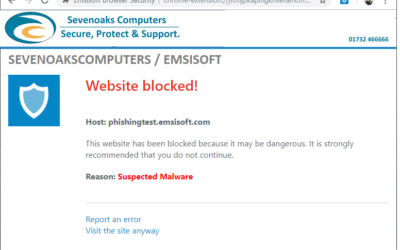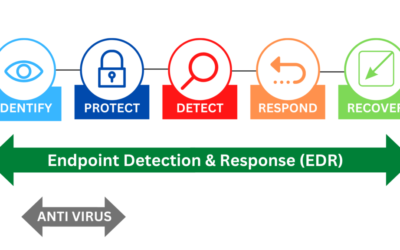Blog 1: Why Weak Passwords Are the #1 Cybersecurity Threat
In today’s increasingly interconnected world, cybersecurity is not just an IT issue—it’s a business imperative. Yet, despite advancements in security technologies, weak passwords remain the Achilles’ heel of organizations worldwide. This seemingly simple vulnerability is responsible for a staggering number of data breaches, often with devastating consequences. Let’s explore why poor password habits are a significant cybersecurity threat and how businesses can address this challenge.
Common Weak Password Examples and Why They Fail
Weak passwords are the digital equivalent of leaving your front door wide open. Here are some examples of common weak passwords and why they fail:
- Commonly Used Passwords: Examples like “123456,” “password,” or “qwerty” are among the most frequently used worldwide. These are easily guessed using brute force or automated tools.
- Personal Information: Using easily identifiable information like birthdays, names, or pet names makes passwords predictable and easy to crack for anyone with access to social media profiles or public records.
- Reused Passwords: Many users recycle the same password across multiple accounts. A breach of one account can cascade into compromised access to others.
- Short Passwords: Passwords with fewer than eight characters lack complexity and are significantly easier to crack using modern computational tools.
- Simple Patterns or Sequences: Passwords such as “abcdefg” or “111111” follow predictable patterns that attackers exploit with ease.
These weak passwords fail because they lack complexity and randomness. Advanced hacking tools can execute billions of guesses per second, making it trivial to crack simple or predictable passwords.
The Cost of Password-Related Breaches
Weak passwords are not just a minor inconvenience; they’re a costly problem. The financial and reputational damage resulting from password-related breaches is astronomical.
1. Direct Financial Losses
According to a 2023 report by IBM, the average cost of a data breach is $4.45 million globally. A significant portion of these breaches stems from compromised credentials, emphasizing how costly weak passwords can be.
2. Operational Disruption
A breach can lead to extended downtime, disrupting business operations and damaging productivity. In industries like healthcare or finance, this downtime can have life-threatening or legally significant consequences.
3. Loss of Customer Trust
Data breaches erode consumer confidence. When customer information is exposed, businesses often face customer churn, legal fees, and years of rebuilding trust.
4. Regulatory Penalties
With regulations like GDPR and CCPA in place, organizations face steep fines for failing to secure sensitive customer data. Weak password practices can lead to non-compliance, compounding the financial impact of a breach.
Why Password Managers Are Essential
If weak passwords are a problem, password managers are the solution. Here’s why businesses of all sizes should integrate this tool into their cybersecurity strategy:
1. Generate Strong, Unique Passwords
Password managers create complex, random passwords for every account, eliminating the risk of password reuse and predictable patterns. Examples include passwords like “7hX!9@k$VZ”—virtually impossible to guess.
2. Secure Storage
Password managers store credentials in an encrypted vault, accessible only by a master password. This reduces the need for employees to remember or write down passwords.
3. Simplify Access Management
For businesses, password managers allow for seamless access management. Administrators can control access to shared accounts, revoke credentials instantly, and monitor usage.
4. Encourage Good Habits
By integrating with browsers and devices, password managers make it easy for employees to use strong passwords. Many include features like security audits to identify weak or reused passwords.
5. Streamline Onboarding and Offboarding
Password managers simplify the onboarding process for new employees by granting secure access to required systems. When employees leave, credentials can be easily revoked or updated to prevent unauthorized access.



